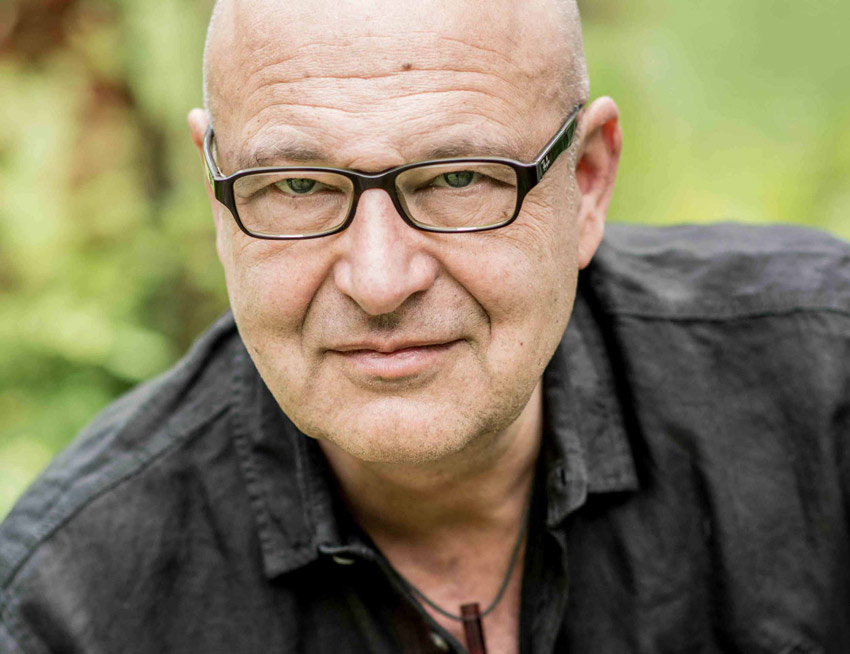
My path in life was not a straight one.
Instead of an apprenticeship, I started as a trainee in a print shop and finished with an external exam to become a typesetter before the Chamber of Crafts.
Subsequently, I studied business administration for my mother and psychology for myself. My interest was not so much in the therapeutic, but in the content of the minor subjects: philosophy and religious studies. The big questions have always preoccupied me.
Still, I was no smarter after my studies than before: I had gained knowledge, but not the feeling of having come one step closer to truth or wisdom.
It was an exciting time nonetheless, because alongside my studies I shot short films and commercials, wrote scripts, was responsible for a product campaign for cosmetics and worked as a dramaturge at the Frankfurt Opera.
I had a wide range of interests and was unstable – unsuitable for a salaried position in a company and the oxen ride through countless hierarchical levels. My only option was to take the leap into self-employment.
My first own business was a disaster: I bought an ailing typesetting shop from a prepaid inheritance. Getting out of it without losses was a feat of strength, because the business was doing so badly that there was no capital available even for small investments. But 1991 was also the time when DTP emerged. The graphic arts industry couldn’t do anything with it at the time; it was considered a toy. With two partners and additional borrowed money, I founded a start-up to connect the old typesetting systems with the new world.
After three years I held several patents in Germany, the USA and had a branch office in Chicago. With this start-up, I learned to build a business, acquire worldwide distribution channels, the depth of patent and trademark law, not to mention at least five programming languages, and of course crisis management in every form. In 1997 I had enough and sold the company to an international group of companies.
With the experience he had gained, the next step was obvious: joining a consulting firm and, five years later, becoming a self-employed temporary manager.
I reorganized, restructured, wound up and built up. I was responsible for projects from 3 to 300 million euros and still lost the desire for constant change and the same hotels and airport lounges in 2006.
During this time, however, there was another part of me. I used the days off for further training in psychotherapy and coaching. I attended self-awareness groups and began men’s ministry in 1999. This developed into the book “Suffering or Passion” and other books followed.
I also slipped into a crisis and the question came to me: Who am I?
The successful, often aloof manager or the open and sometimes pastoral author and coach?
I had well repressed art itself and my former life as a filmmaker at that point.
It overtook me abruptly in 2020, shortly after the separation from my wife, and at first I had no idea how to integrate art into my well-arranged life.
In the meantime, everything has settled down: I run our practice for couples counseling in Zurich with my ex-wife two days a month, and the rest of the time I take care of my current artistic projects or work in leadership workshops from time to time.

